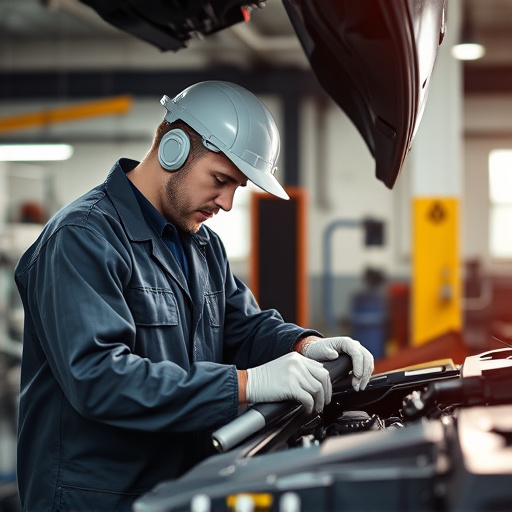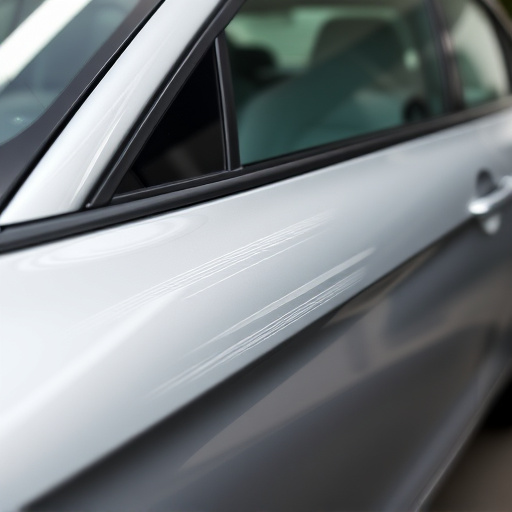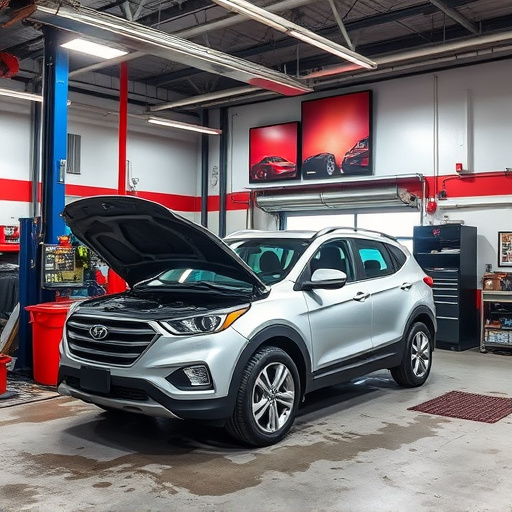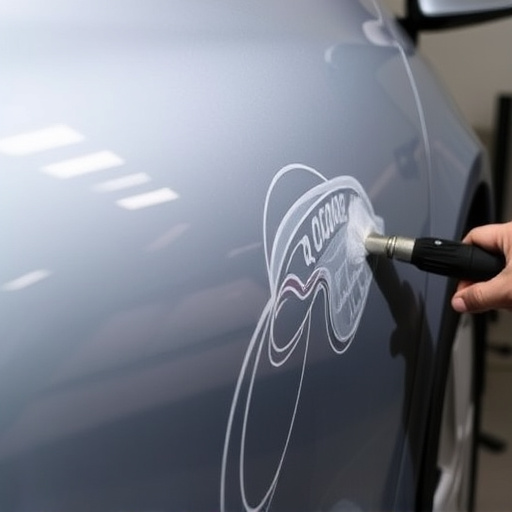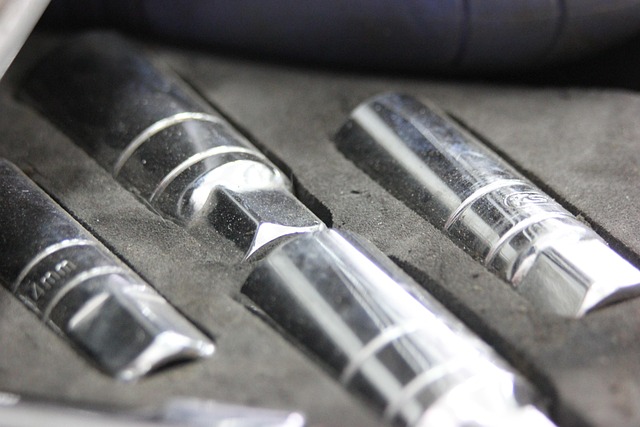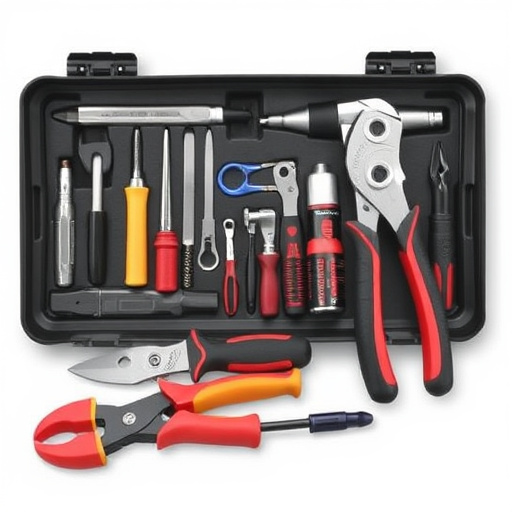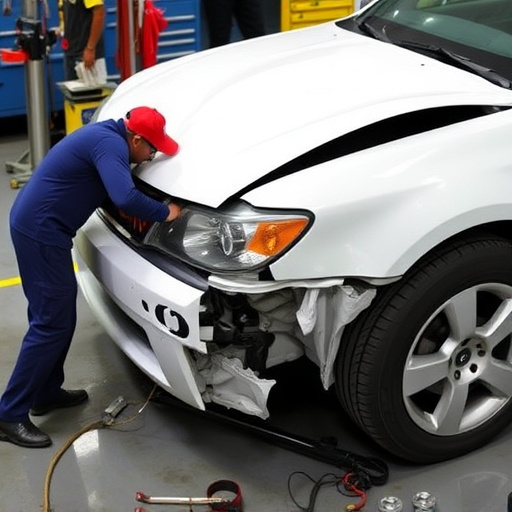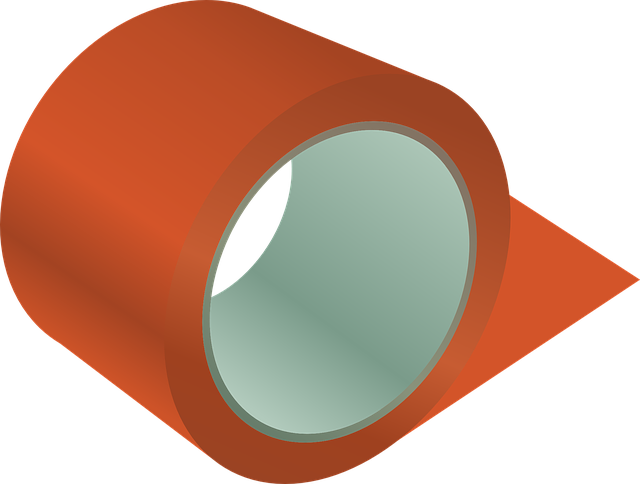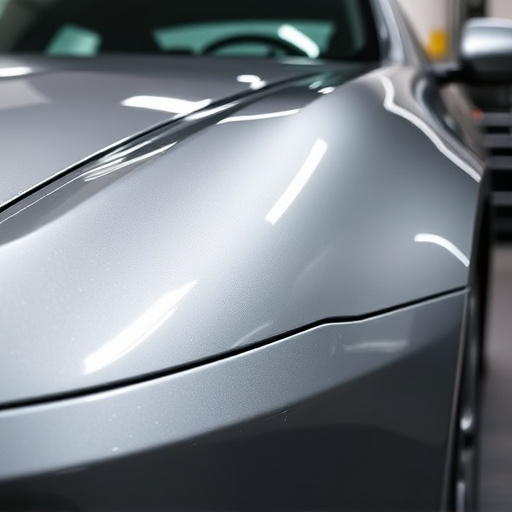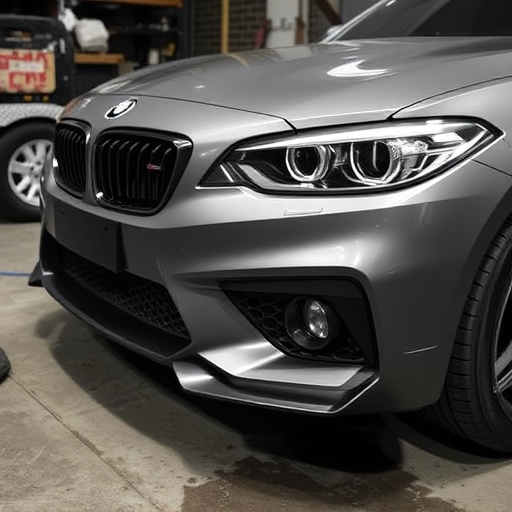Adhering to OEM guidelines is vital for superior vehicle frame restoration, ensuring structural integrity, safety, and quality after accidents or damage. These standards dictate panel alignment, paint matching, and component replacement, resulting in aesthetic excellence and reliable performance for Mercedes-Benz and other makes. Following these protocols maximizes resale value and ensures a successful, safe restoration using genuine OEM parts and advanced techniques by professionals.
Original Equipment Manufacturer (OEM) guidelines are essential for achieving top-notch results in vehicle frame restoration. These standards, developed by automotive experts, provide a comprehensive framework for maintaining quality, safety, and performance throughout the restoration process. By adhering to OEM specifications, restorers can ensure structural integrity, optimal fit, and long-lasting durability. This article explores the significance of OEM guidelines, their role in enhancing vehicle frame restoration, and best practices to guarantee compliance.
- Understanding OEM Guidelines: The Foundation of Quality
- Role in Ensuring Safety and Performance during Restoration
- Best Practices for Vehicle Frame Restoration Compliance
Understanding OEM Guidelines: The Foundation of Quality
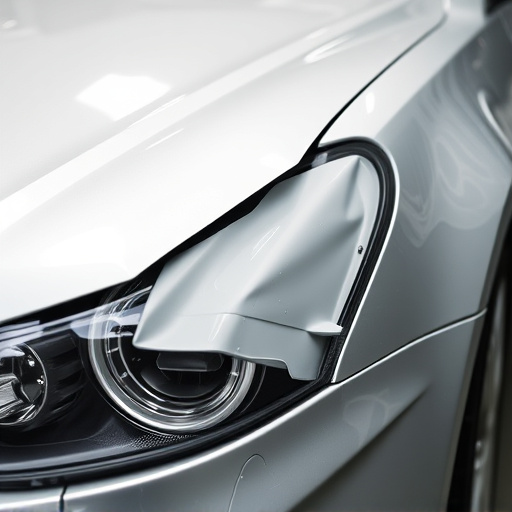
Understanding OEM guidelines is paramount in the intricate world of vehicle frame restoration. These standards, developed by Original Equipment Manufacturers (OEMs), serve as the cornerstone for achieving superior quality and precision in repairing and restoring cars, particularly after accidents or damage. By adhering to these guidelines, collision repair specialists can ensure that a vehicle not only looks like new but also functions safely and reliably.
For instance, in the realm of Mercedes-Benz collision repair or car dent repair, OEM guidelines provide detailed specifications for panel alignment, paint matching, and structural integrity. This ensures that every component is meticulously restored, from precise measurements and angle adjustments to color accuracy and finish quality. Thus, when it comes to any form of car restoration, these guidelines are indispensable tools for professionals aiming to deliver top-notch workmanship and restore vehicles to their original condition.
Role in Ensuring Safety and Performance during Restoration
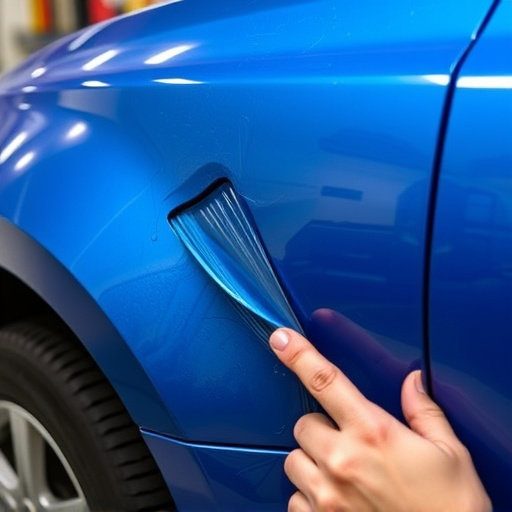
OEM guidelines play a pivotal role in ensuring safety and performance throughout the vehicle frame restoration process. These guidelines are designed to mirror the original manufacturer’s specifications, guaranteeing that every component, from structural elements to mechanical systems, is accurately rebuilt or replaced. By adhering to OEM standards, restorers can maintain the integrity of the vehicle’s design, ensuring it functions optimally after repairs.
This meticulous approach is particularly crucial in cases of car collision repair, where proper restoration is essential for both safety and resale value. Automotive restoration experts leverage OEM guidelines to accurately align parts, preserve structural strength, and restore the vehicle to its pre-accident condition. Ultimately, these practices contribute to the overall quality of automotive repair services, ensuring satisfied customers who can rely on their restored vehicles to perform at their best on the road.
Best Practices for Vehicle Frame Restoration Compliance

When undertaking a vehicle frame restoration, adhering to Original Equipment Manufacturer (OEM) guidelines is paramount. These guidelines provide precise specifications and protocols designed to ensure structural integrity, safety, and longevity of the restored vehicle. Following OEM best practices involves meticulous attention to detail during every step of the repair process.
Professional automotive repair services specialists understand that achieving optimal results in luxury vehicle repair necessitates a deep understanding and adherence to these standards. This includes using only genuine OEM parts, employing advanced techniques and tools, and meticulously documenting each repair stage. By adhering to these guidelines, they can guarantee that the restored frame not only meets but exceeds industry standards, ensuring a safe and reliable driving experience for years to come, whether it’s for regular vehicle collision repair or more specialized luxury vehicle repair needs.
OEM guidelines play a pivotal role in achieving excellence in vehicle frame restoration. By adhering to these standards, restorers can ensure not only the structural integrity and safety of the restored vehicle but also its optimal performance. Implementing best practices guided by these guidelines is essential for maintaining the quality and value of vintage or damaged vehicles, ensuring they hit the road again with confidence.
